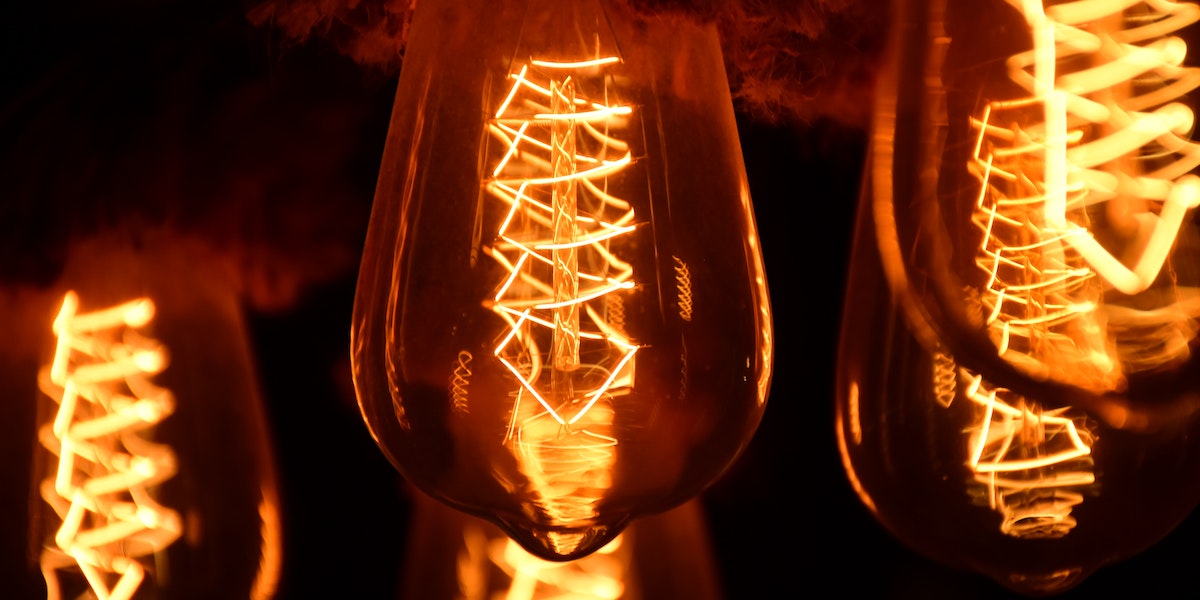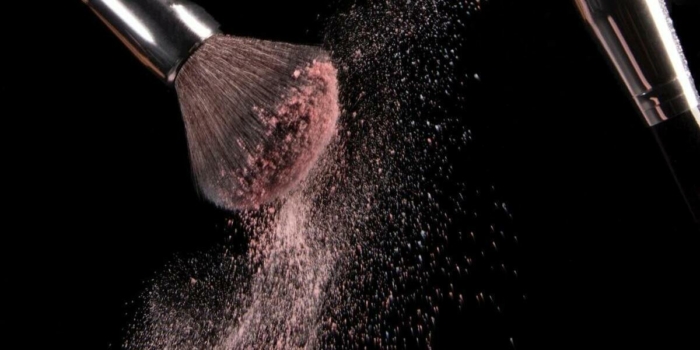 Case Enhancement: Choosing to install a smart meter
Case Enhancement: Choosing to install a smart meter
Activity: Technical integration – Practical investigation of electrical energy.
Author: Mr Neil Rogers (Independent Scholar).
Overview:
This enhancement is for an activity found in the Dilemma Part two, Point 1 section of the case: “Technical integration – Undertake an electrical engineering technical activity related to smart meters and the data that they collect.”
This activity involves practical tasks requiring the learner to measure parameters to enable electrical energy to be calculated in two different scenarios and then relate this to domestic energy consumption. This activity will give technical context to this case study as well as partly address two AHEP themes:
- AHEP: SM1m – A comprehensive knowledge and understanding of scientific principles and methodology necessary to underpin their education in their engineering discipline, and an understanding and know-how of the scientific principles of related disciplines, to enable appreciation of the scientific and engineering context, and to support their understanding of relevant historical, current and future developments and technologies.
- AHEP: EA1m – Understanding of engineering principles and the ability to apply them to undertake critical analysis of key engineering processes.
This activity is in three parts. To fully grasp the concept of electrical energy and truly contextualise what could be a remote and abstract concept to the learner, it is expected that all three parts should be completed (even though slight modifications to the equipment list are acceptable).
Learners are required to have basic (level 2) science knowledge as well as familiarity with the Multimeters and Power Supplies of the institution.
Learners have the opportunity to:
- solve given technical tasks relating to the operation of electronic circuits (AHEP: SM1m);
- assess the performance of a given electronic circuit (AHEP: EA1m).
Teachers have the opportunity to:
- introduce concepts related to electrical circuit theory;
- develop learners’ practical abilities and confidence in the use of electronic equipment;
- develop learners’ mathematical skills in a practical context.
Suggested pre-reading:
To prepare for these practical activities, teachers may want to explain, or assign students to pre-read articles relating to electrical circuit theory with respect to:
- Voltage and Current Power
- Energy
Learning and teaching resources:
- Bench Power Supply Unit (PSU) & multimeters;
- High intensity LEDs and incandescent lamps (and associated data-sheets);
- Energy monitor/plug in Power Meter (240V) and stopwatch;
- Access to a kettle, fan heater and dishwasher or washing machine.
Activity: Practical investigation of electrical energy:
Task A: Comparing the energy consumed by incandescent bulbs with LEDs.
1. Power in a circuit.
By connecting the bulbs and LEDs in turn to the PSU with a meter in series:
a. Compare the wattage of the two devices.
b. On interpretation of their data sheets compare their luminous intensities.
c. Equate the quantity of each device to achieve a similar luminous intensity of approximately 600 Lumens (a typical household bulb equivalent).
d. now equate the wattages required to achieve this luminous intensity for the two devices.
2. Energy = Power x Time.
The units used by the energy providers are kWh:
a. Assuming the devices are on for 6 hours/day and 365 days/year, calculate the energy consumption in kWh for the two devices.
b. Now calculate the comparative annual cost assuming 1 kWh = 27p ! (update rate).
3. Wider implications.
a. Are there any cost-benefit considerations not covered?
b. How might your findings affect consumer behaviour in ways that could either negatively or positively impact sustainability?
c. Are there any ethical factors to be considered when choosing LED lightbulbs? For instance, you might investigate minerals and materials used for manufacturing and processing and how they are extracted, or end-of-life disposal issues, or fairness of costs (both relating to production and use).
Task B: Using a plug-in power meter.
1. Connect the power meter to a dishwasher or washing machine and run a short 15/30 minute cycle and record the energy used in kWh.
2. Connect the power meter to a ½ filled kettle and turn on, noting the instantaneous power (in watts) and the time taken. Then calculate the energy used and compare to the power meter.
3. Connect the power meter to the fan heater and measure the instantaneous power. Now calculate the daily energy consumption in kWh for a fan heater on for 6 hours/day.
4. Appreciation of consumption of electrical energy over a 24 hour period (in kWh) is key. What are the dangers in reading instantaneous energy readings from a smart meter?
Task C: Calculation of typical domestic electrical energy consumption.
1. Using the list of items in Appendix A, calculate the typical electrical energy usage/day for a typical household.
2. Now compare the electrical energy costs per day and per year for these three suppliers, considering how suppliers source their energy (i.e. renewable vs fossil fuels vs nuclear etc).
| Standing charge cost / day | Cost per kWh | Cost / day | Cost / year | |
| A) | 48p | 28p | ||
| B) | 45p | 31p | ||
| C) | 51p | 27p |
3. Does it matter that data is collected every 30 minutes by your energy supplier? What implications might changing the collection times have?
4. With reference to Sam growing marijuana in the case, how do you think this will show up in his energy bill?
Appendix A: Household electrical devices power consumption:
Typical power consumption of electrical devices on standby (in Watts).
| Wi-Fi router | 10 |
| TV & set top box | 20 |
| Radios & alarms | 10 |
| Dishwasher | 5 |
| Washing machine | 5 |
| Cooker & heat-ring controls | 10 |
| Gaming devices | 10 |
| Laptops x2 | 10 |
Typical consumption of electrical devices when active (in Watts) and assuming Gas central heating.
| TV & set top box (assume 5 hours / day) | 120 |
| Dishwasher (assume 2 cycles / week) | Use calculated |
| Washing machine (assume 2 cycles / week) | Use calculated |
| Cooking (oven, microwave etc 1 hour / day) | 1000 |
| Gaming devices (1 hour / day) | 100 |
| Laptop ( 1 hour / day) | 70 |
| Kettle (3 times / day) | Use calculated |
| Heating water pump (2 hours / day) | 150 |
| Electric shower (8 mins / day) | 8000 |
This work is licensed under a Creative Commons Attribution-ShareAlike 4.0 International License.
Any views, thoughts, and opinions expressed herein are solely that of the author(s) and do not necessarily reflect the views, opinions, policies, or position of the Engineering Professors’ Council or the Toolkit sponsors and supporters.




